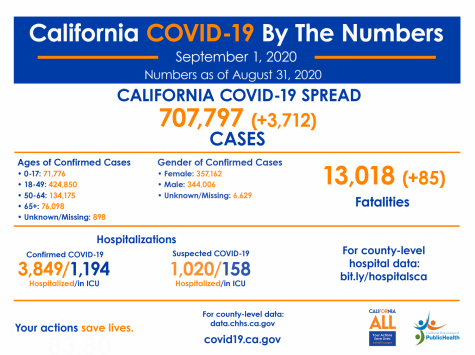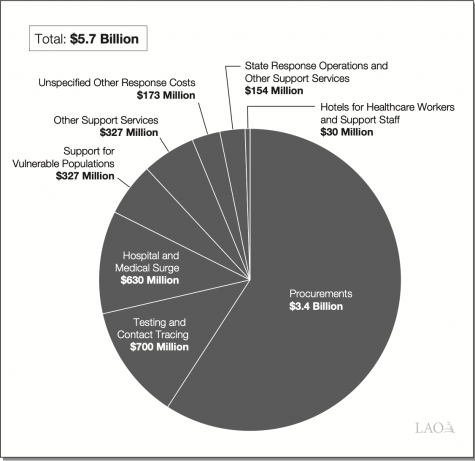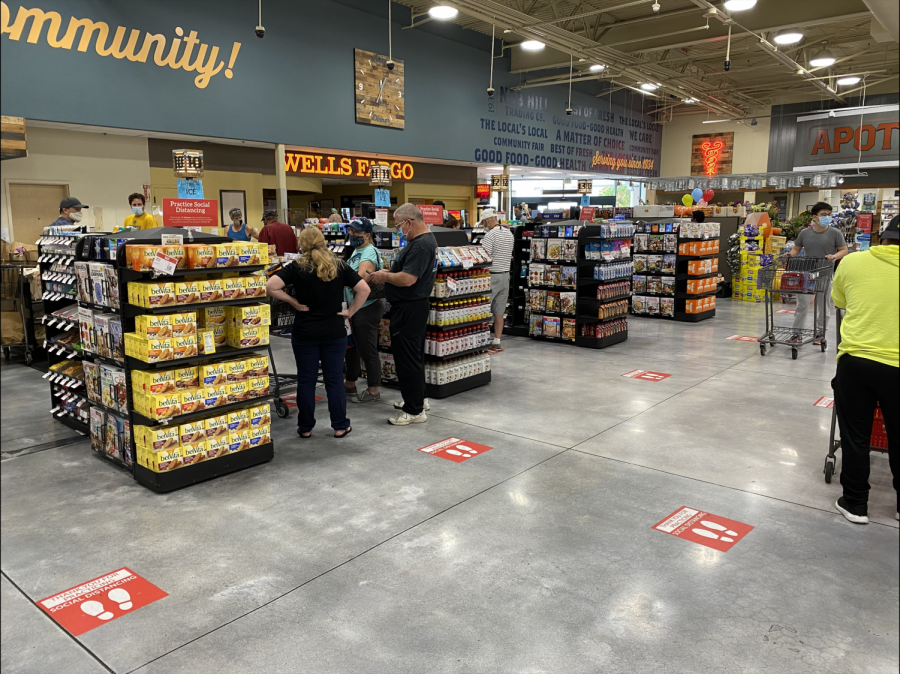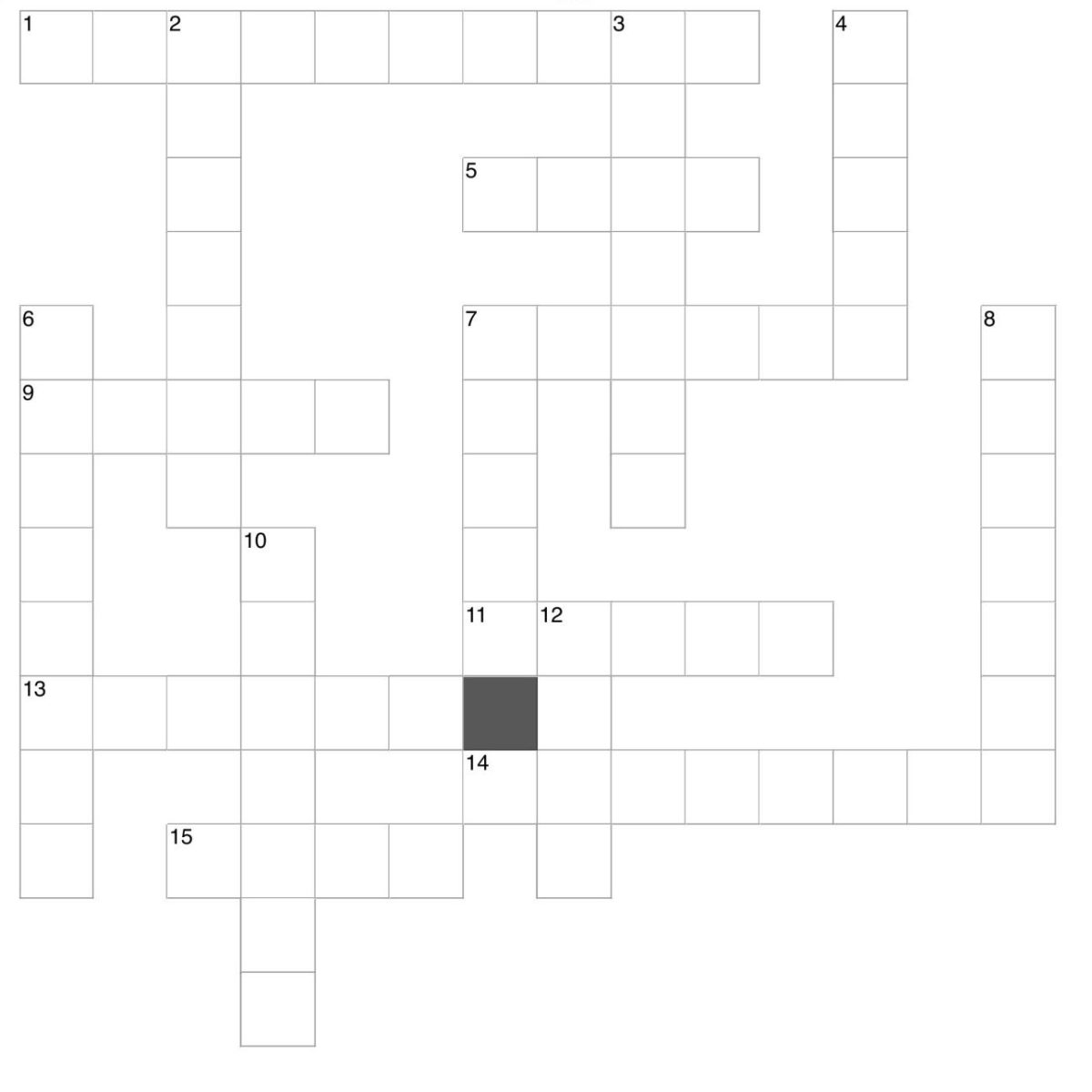Gov. Gavin Newsom announced his four-tiered system on Aug. 28. that was designed to allow businesses and counties to reopen while taking safety precautions. Newsom later allowed some businesses to begin reopening on May 4. for curbside pickup or socially distanced shopping.
The plan outlined the measures and precautions that would be taken to revive California’s economy after its initial stay-at-home order.
Due to businesses’ closing, many people lost their jobs, and some businesses had to shut down. The unemployment rate skyrocketed to 15.5% in April as the state’s employers lost 2,344,700 non-farm payroll jobs, and the economic losses were detrimental. California’s unemployment rate improved to 13.3% in July as the state’s employers added 140,400 jobs, a new record, according to data released on Aug. 21 by the California Employment Development Department. Upon the news of businesses reopening, many students and workers went back to work while following the COVID-19 restrictions.
Allison Chapovalov, a worker at Shoestring farms, taught kids with special needs how to ride horses during the farms reopening, taking necessary precautions.

“We had to wear masks all day, stay six feet apart, and we couldn’t touch anybody. When you need to teach kids, you need to be with them and show them how it’s done, but having to stay six feet apart made it extremely difficult,” Chapovalov said.
Chapovalov found that instructing children on how to ride a horse was very challenging during the pandemic, amid the safety precautions they were required to take.
“I would say the hardest part was since the kids were very young, they wanted to play with each other and be with each other. It was extremely difficult to get them to cooperate and stay spread out. It was a challenge to work with them amid this pandemic, but I think the restrictions in place are necessary to ensure everyone is safe,” Chapovalov said.
Although restrictions are easing and businesses are reopening, the number of COVID-19 cases in California is still increasing. Stores that are reopening are enforcing rules to keep customers safe while shopping in person.
Big brand names such as Gap, Ikea, Apple, and Old Navy also have reopened their doors, allowing customers to shop while following the regulations.
“Everyone is required to wear masks and practice social distancing throughout the store. There are sanitation stations around the stores, and we are required to sanitize the register area before and after every customer,” said Alexander Viatchenko-Karpinski, a junior.
Viatchenko-Karpinski works at Old Navy and emphasizes that their store is taking COVID-19 precautions very seriously.
“We want to make sure the customers have the best shopping experience possible while making sure they are staying safe,” Viatchenko-Karpinski said.
Although most big brand names are allowed open, many smaller businesses are forced to keep their doors shut. Many entrepreneurs are worried about their future if the pandemic continues much longer. According to the U.S. Chamber of Commerce’s poll on the impact of COVID-19 on small businesses, about 70% of small businesses are concerned about their financial state, and 58% worry about having to close their doors permanently.
“I feel bad for those that own small businesses. This pandemic has tested a lot of businesses and their financial situations. It is very sad to see how some businesses, unfortunately, have to close their doors forever, as the pandemic continues. I think the pandemic will allow businesses to become more careful with their finances as it shows that anything can happen,” said Chianti Raddavero, a sophomore.

Small businesses’ opening is a critical step to helping the economy, as California has taken a large hit. California was initially projected to have a $5.6 billion surplus in January. However, the pandemic quickly transformed the prediction into a $54 billion deficit. This hit has caused Newsom to have to ask for aid from Congress, of up to $14 billion.
As businesses reopen, extracurricular activities and sports have also begun starting up.
“We do not wear masks when we practice, but we try our best to follow the guidelines. When you play soccer, you have to get close to other people to either defend your goal or score a goal, so it is hard to follow the restrictions. It’s concerning to see how the numbers of COVID-19 are not dwindling even with all these restrictions put into practice,” sophomore Sophie Durrans said.
Though some sports do not require wearing masks during practice, others do.
“We are required to wear masks before we go into the facility and during practice as well. We try our best to maintain the six feet guideline, but during practice or games, it is tough too,” Raddavero said.
Many students have grown tired of taking precautions and wish it was safe to return to life as usual, but they still follow guidelines to help lower the cases.
“The guidelines are necessary. They will help decrease the number of cases present. Though it is not fun to wear a mask, I believe we all should because that is the only way we will be able to stop the increase of cases,” Raddavero said.






















